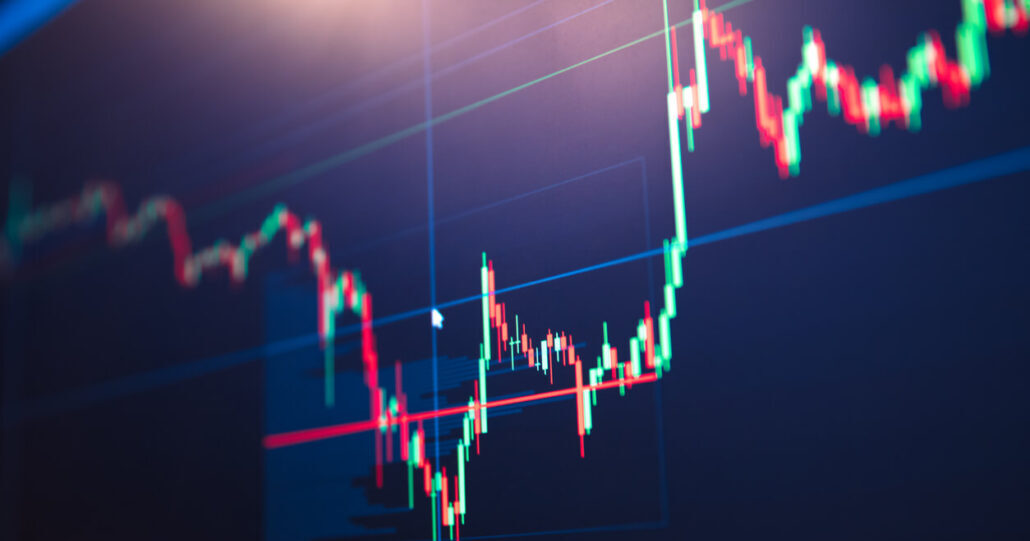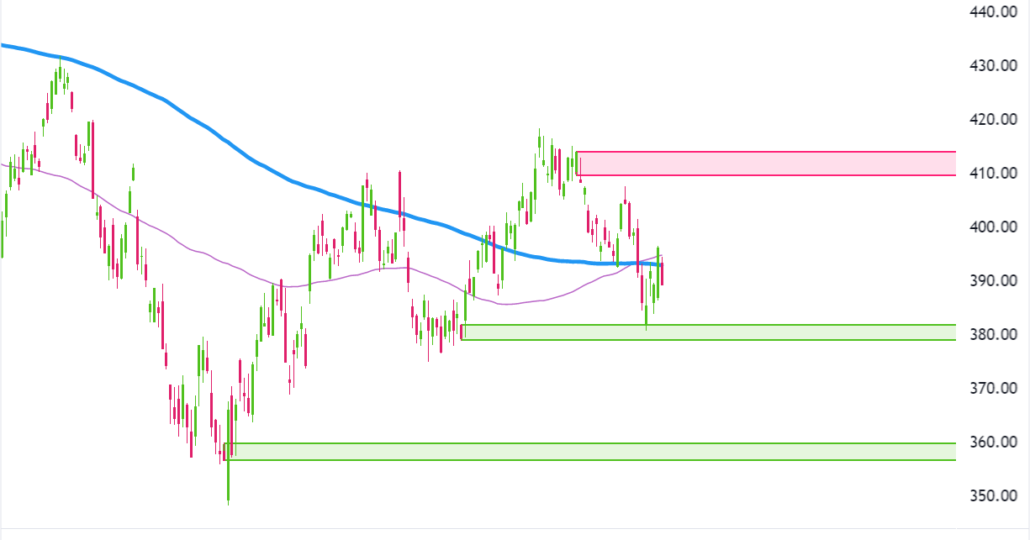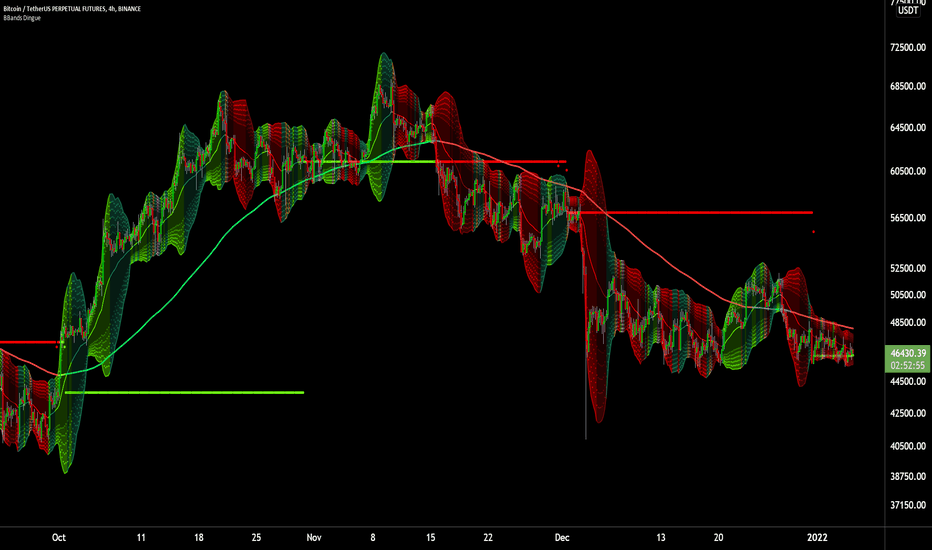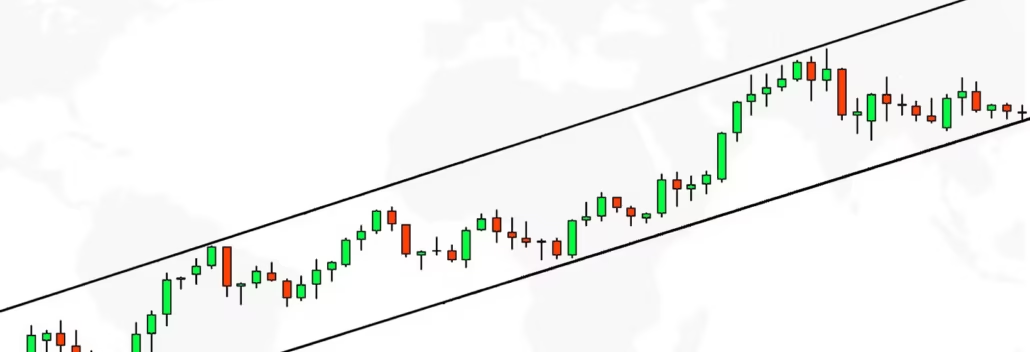Forex and Commodities Sentiment Analysis: How Pro Traders Use Social Data for Edge
 Sam Reid Staff Writer
Sam Reid Staff Writer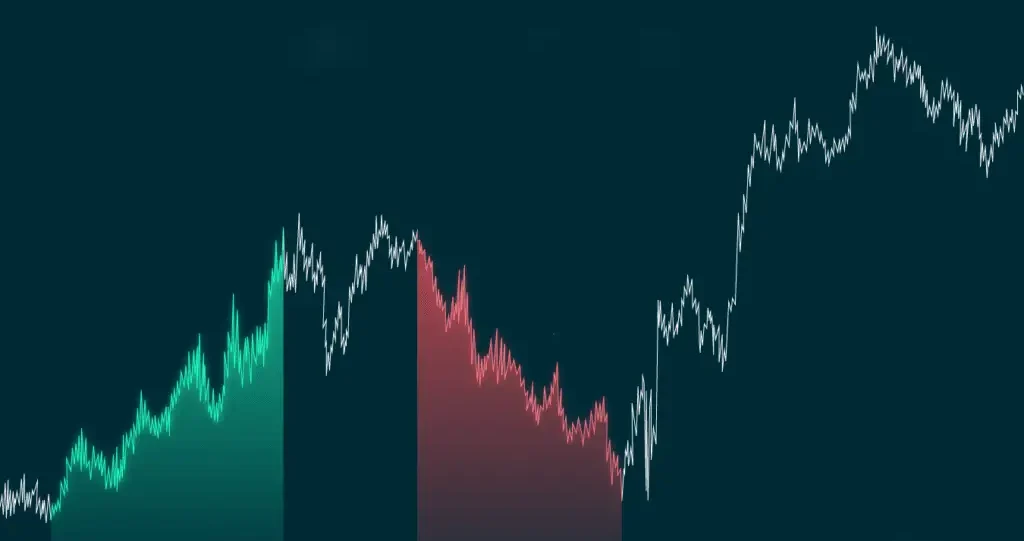
Introduction: The New Age of Sentiment-Driven Trading
In 2025, trading currencies and commodities is increasingly shaped by how traders collectively feel, rather than just what the economic data says. Social media, collective news flow, and instantaneous community sentiment can move markets before fundamentals do. For savvy traders, harnessing this sentiment edge means blending classic strategies with data science, NLP tools, and real-world psychology. This guide walks through the latest approaches to using sentiment analysis in forex and commodities, revealing how experts gain an edge and avoid common pitfalls.
What Is Sentiment Analysis in Trading?
Sentiment analysis in trading refers to measuring the overall mood, bias, or expectation of market participants for a given asset. In forex and commodities, this includes:
-
Institutional and retail trader positioning
-
News site, Twitter, and forum discussions
-
Broker and market sentiment tools
-
Automated social media analytics and NLP
Traders monitor these signals to gauge whether the crowd is bullish or bearish on assets such as EUR/USD, gold, oil, or wheat.
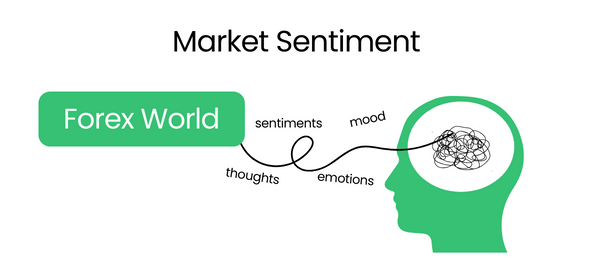
Sentiment Analysis Tools & Data Sources
1. Forex Sentiment Indicators
-
Commitment of Traders (COT) Report:
Published weekly by the CFTC, reveals how hedge funds and commercials are positioned. It is key for anticipating major moves. -
Broker Sentiment Tools:
Many brokers show real-time percentages of buyers vs. sellers on currencies. Watching for extremes can suggest reversal points. -
Social Sentiment Platforms:
AI platforms aggregate millions of posts, news headlines, and tweets to generate cross-asset sentiment indices. Examples include Trading Co-Pilot and Permutable’s Currency Indices, used by institutional desks to detect regime shifts.
2. Commodities Sentiment Tools
-
Narrative-driven indices:
These track OPEC or geopolitical chatter for oil, and weather/trade headlines for agricultural commodities, often revealing turning points ahead of fundamental data releases. -
Orderflow Analysis:
Charting broker or exchange buy/sell order ratios or blocks for gold, oil, and wheat.
Pro Workflows: Combining Sentiment, Technicals, and Fundamentals
Leading traders rarely use sentiment as a standalone tool. They blend it with technical and fundamental analysis.
-
Example Workflow:
If EUR/USD is in an uptrend (technical signal), but broker sentiment shows 80% of retail traders are long (extreme bullish sentiment), a contrarian trader may look for a reversal pattern.
If a key news event triggers overall bearish sentiment on crude oil, checking price action for confirmation avoids reflex trades. -
Contrarian Strategies:
When sentiment indicators reach extremes—such as 90% bullishness on a commodity—pro traders often fade the move, betting on a reversal once the crowd is fully committed. -
Context is King:
Broader economic or political context matters. If geopolitical risks or central bank decisions drive sentiment, following the herd can quickly become risky. Combining macro news, sentiment, and price action is the winning formula.
Case Studies: Sentiment Analysis in Action
Forex Sentiment for Policy Events
Institutional traders use live sentiment feeds to anticipate market reactions to central bank statements. For example, sudden dovish tone in Federal Reserve headlines triggers negative dollar sentiment indexes, often preceding USD weakness before traditional technical breakouts.
Commodities Moves and Social Buzz
Energy desks monitor OPEC-related sentiment indices and see price movements in crude oil aligned with spikes in geopolitical news narratives. Agricultural traders track weather headlines and associated sentiment to get ahead of supply-demand changes.
Retail Community Data
Retail sentiment (from broker dashboards or public trading forums) offers a lens into where casual traders are leaning. Pro traders use these extremes, especially when retail longs outnumber shorts dramatically, to fade crowded trades.
Actionable Tips: Using Sentiment for Your Edge
-
Blend Sentiment Data: Always use sentiment analysis with technical and fundamental indicators for a holistic view.
-
Watch for Extremes: Contrarian opportunities often arise when sentiment hits unsustainable levels.
-
Real-Time Monitoring: Use live feeds, structured indices, and automated NLP tools to stay ahead of major news-driven moves.
-
Focus on Context: Politically or economically driven sentiment spikes demand extra caution and context.
-
Adjust Risk Controls: Extreme sentiment readings warrant tighter stop-losses and active trade management.
Conclusion: Sentiment’s Evolving Role in 2025 Trading
The rise of real-time sentiment analysis in forex and commodities trading marks a new era for tactical traders. Combining crowd psychology, social data, and traditional charting unlocks new edges and risk filters. As institutional and retail tools become more advanced in 2025, those who adapt can anticipate shifts before they appear in price alone.
Armed with the right workflows, tools, and mindset, sentiment-driven strategies offer traders a powerful addition to their toolkit, helping cut through noise, anticipate reversal points, and navigate a world where perception can be just as important as fact.
References:
Sentiment Analysis in Forex Trading
Top market sentiment companies of 2025
Key use cases of our forex sentiment for institutional traders
How to Use Sentiment Analysis in Trading
Top 10 Forex Trading Strategies Dominating 2025
Harnessing Sentiment Analysis in Financial Markets
Disclaimer: Remember that forex and CFD trading involves high risk. Always do your own research and never invest what you cannot afford to lose. This content is for educational purposes only and should not be interpreted as investment advice or a sufficient basis for making investment decisions.
 28th Oct 2025
28th Oct 2025

